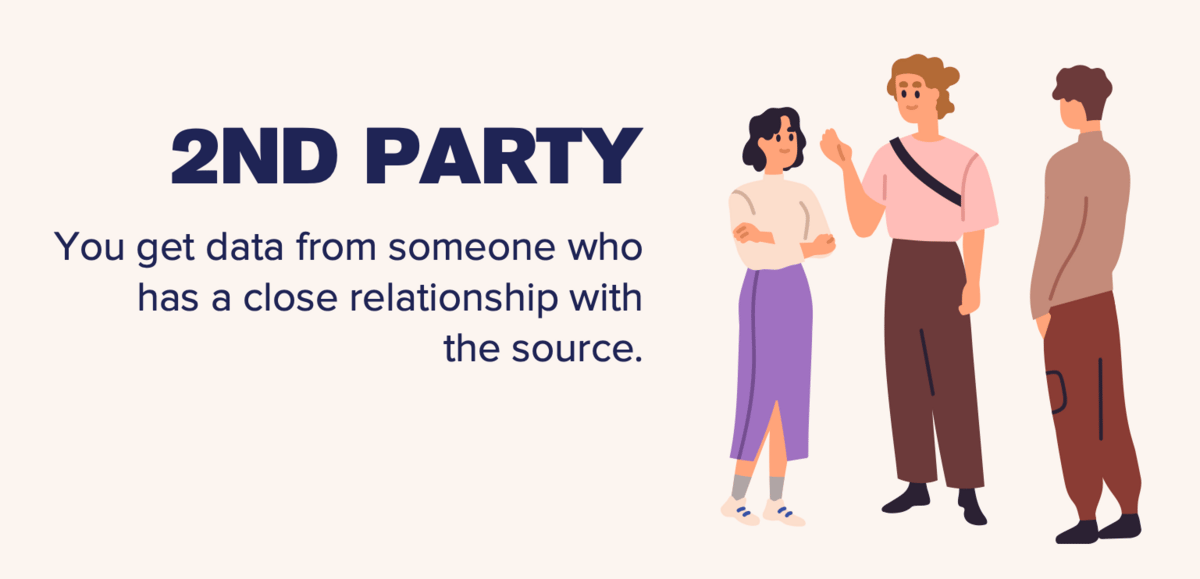- The Fringe
- Posts
- Reject The Age of Average
Reject The Age of Average
And how to do emotional brand stories well

Greetings Fringers,
Let’s start with some fringe tech news.
AI is everywhere
First, a little art
A quick painting from DALL-E (an image generator from OpenAI):

Generated by DALL-E
With some inspiration from this Reel.
Time Magazine, et tu?

Time wrote The A-Z of artificial intelligence. In case there’s any lingering questions about what “AGI” means, this is your go-to source.
How to use ChatGPT the right way
With some help from Ryan Reynolds:
You knew it was just a matter of time until we did this (extend the @Mintmobile savings with @OpenAI, that is).
— Ryan Reynolds (@VancityReynolds)
2:20 PM • Jan 10, 2023
Lemon8
TikTok creator, ByteDance, has a new app out named Lemon8. Since launch, it has over 5 million downloads.

Consider a cross between Pinterest and Instagram for Gen Z. Should you be on there? Who knows, but at least grab your vanity name.
BX read of the week
We have been traveling to different countries, engaging in dull negotiations with representatives of polling companies, raising money for further polls, receiving more or less the same results, and painting more or less the same blue landscapes. Looking for freedom, we found slavery.
Are we living in the Age of Average?
Alex Murrell makes a compelling case. Everything looks the same from:
Interiors
Architecture
Cars (and their logos)
People (the ol’ Insta Face)
Media
Books
Brands

Ah, brands. Now there’s an opportunity. Can you zag, when everyone is zigging? Go left when everyone goes right? It’s hard to do, right?
There’s a good reason why.
Mimetic Desire
René Girard was a pretty smart Frenchman, contributing to the fields of sociology, anthropology, and psychology.
Girard's most famous idea is "mimetic desire," which suggests that human desires are not truly our own but are copied from other people. He believed that this copying leads to rivalry and conflict, as people end up wanting the same things and competing for them.
This competition could escalate into violence — even over toys:
Mimetic desire affects your choices, like who you want to be friends with, what job you wanted to have when you grew up, the clothes you wear, and even where you want to go on vacation.
Yes, it’s cultural, but with globalization affecting our inspirations and aspirations, it’s hard to know where the cultural lines start and stop.
For brands, this is important to know. In a world where everything looks the same, brands need to stand out more than ever — even though most are too busy copying one another.

Just so hard not to copy
How will you break the spell of sameness and mediocrity?
Quick EX Corner
Employee experience is in dire straits. According to Gallup, over 70% of people “hate” their jobs (hate is my interpretation). Egads.

Pro tip: just take care of your people. Good talent is hard to find, but difficult to keep. Yada ya ya.
Please.
Data and your relationships

Let's talk about your relationships. And data.
The 3rd Party to Zero Party data is simply a reflection of your current relationship with your market and customers.
3rd Party
For example, 3rd Party Data: Imagine there's a guy named Bob who you and your friends don't know very well, if at all.

Bob somehow learns about everyone's favorite colors and sells this information to you. This is 3rd party data because it comes from someone who doesn't have a direct relationship with the source (your friends). It's also less reliable because you don't know how Bob got this information or if it's accurate. (cookies, anyone?)
2nd Party

Next, 2nd Party Data: Imagine one of your friends, Sarah, also asks your friends about their favorite colors. She then shares this information with you. This is 2nd party data because it doesn't come directly from the source (your friends), but from someone who has a closer relationship with the source (Sarah).
1st Party
Then we have 1st Party Data: This time, you ask them for their favorite color directly, and they tell you. This is by far the best way to collect data and the most trustworthy, because it comes straight from the source (your friends).

Zero Party
Finally, we have Zero Party Data: This is when your friends voluntarily share their favorite colors with you without you asking. Maybe they fill out a form or tell you during a conversation because they really want you to know this about them. Zero Party Data is valuable because it's given willingly, and also directly from the source (your friends).

Hope that clears things up. Think of the data you collect, and more importantly, HOW you collect it, as a reflection of your current relationship with your market/customers. The better your relationship, the more you move closer to that ideal zero party level.
Telling emotional brand stories
Finally, let’s show off some great brand storytelling — another great way to stand out.
Dove
Without emotion, does anyone care? You could say it’s the driving force behind all the great stories we know.
Dove does an excellent job here continuing their Real Beauty campaign, but be forewarned. You might shed a tear or two.
“We’re going to Jamaica”
Expedia does a great job juxtaposing the curiosity of a young boy with the patience of a parent here:
It’s either you or the dog
And for a little levity, here’s Freshpet, who would like you to keep things… fresh. And the consequences of that decision could change your relationships forever:
Hope these inspire you to inject a little more emotion into your ads.
Until next time.
Paul
Reply